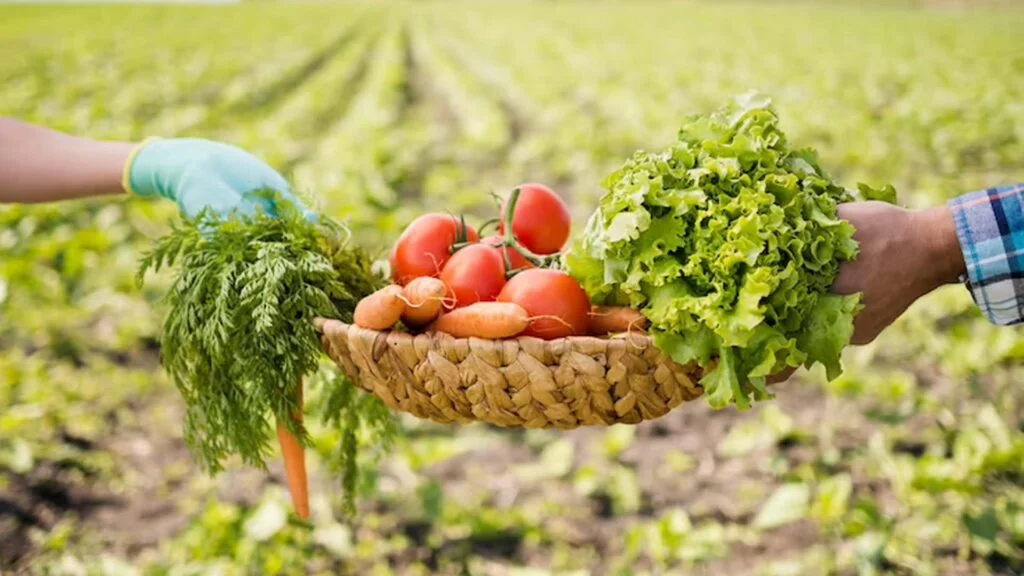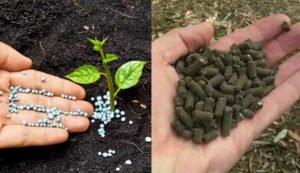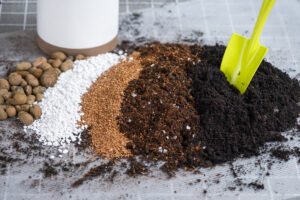Introduction
Choosing the right fertilizer is crucial for maximizing crop yields and ensuring sustainable agricultural practices. Fertilizers play a vital role in providing essential nutrients that plants need to grow and thrive. However, with a wide variety of fertilizers available on the market, selecting the most suitable option can be challenging. Factors such as soil type, crop nutrient requirements, and environmental conditions must be considered to make an informed decision. This article serves as a comprehensive guide to help farmers and gardeners understand how to choosing the right fertilizer for their crops. By exploring key considerations, nutrient needs, and application methods, you can enhance your crop production while promoting soil health and environmental sustainability.
Understanding Fertilizer Basics

Before diving into how to choosing the right fertilizer, it’s important to understand the basic components of fertilizers.
1. Nutrient Composition
Fertilizers typically contain three primary nutrients represented by the N-P-K ratio:
- Nitrogen (N): Essential for leaf and stem growth.
- Phosphorus (P): Important for root development and flowering.
- Potassium (K): Aids in overall plant health and disease resistance.
For example, a fertilizer labeled 10-10-10 contains 10% nitrogen, 10% phosphorus, and 10% potassium.
2. Types of Fertilizers
Fertilizers can be broadly categorized into two types:
- Organic Fertilizers: Derived from natural sources such as compost, manure, or plant materials. They improve soil health over time.
- Inorganic Fertilizers: Chemically manufactured products that provide nutrients in concentrated forms for quick absorption.
Factors to Consider When Choosing the right Fertilizer
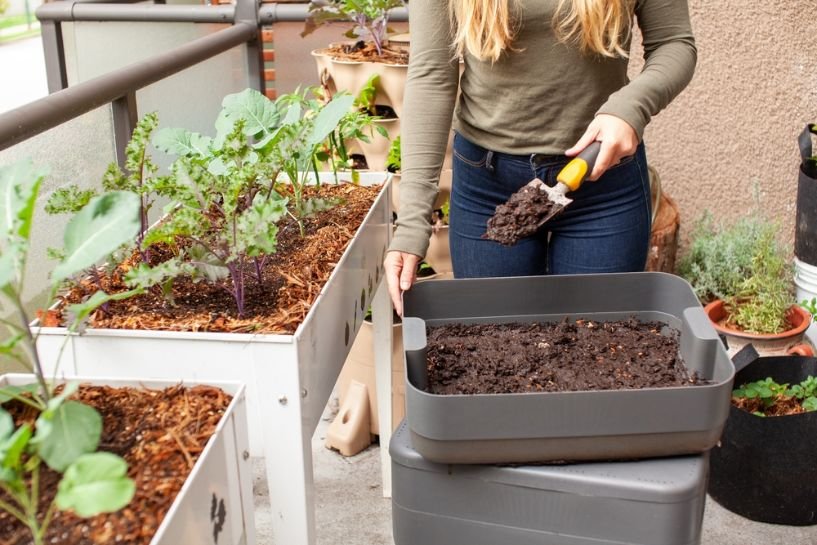
1. Soil Testing
Conducting soil tests is the first step in choosing the right fertilizer. Soil testing helps determine nutrient levels, pH, and other essential factors that influence crop growth.
- Benefits of Soil Testing:
- Identifies nutrient deficiencies or excesses.
- Guides fertilizer selection tailored to specific soil conditions.
- Helps optimize pH levels for better nutrient availability.
According to the USDA, soil testing can increase crop yields by up to 20% by ensuring that fertilizers are applied based on actual nutrient needs.
2. Crop Nutrient Needs
Different crops have varying nutrient requirements at different growth stages. Understanding these needs is crucial for effective fertilization.
- Growth Stages:
- Seedling Stage: Requires balanced nutrients for root development.
- Vegetative Stage: Higher nitrogen levels support leafy growth.
- Flowering/Fruiting Stage: Increased phosphorus and potassium enhance flowering and fruit quality.
For instance, corn typically requires more nitrogen than wheat during its growing season.
3. Fertilizer Formulation
Choosing the right fertilizer with an appropriate NPK ratio that matches your crop’s specific nutrient requirements. The formulation should align with the growth stage and type of crop being cultivated.
- Examples of NPK Ratios:
- Leafy greens may thrive with higher nitrogen ratios (e.g., 20-10-10).
- Flowering plants might benefit from higher phosphorus ratios (e.g., 10-20-20).
4. Application Method
Consider the most suitable application method based on your farming practices, crop type, and soil conditions.
Common Application Methods:
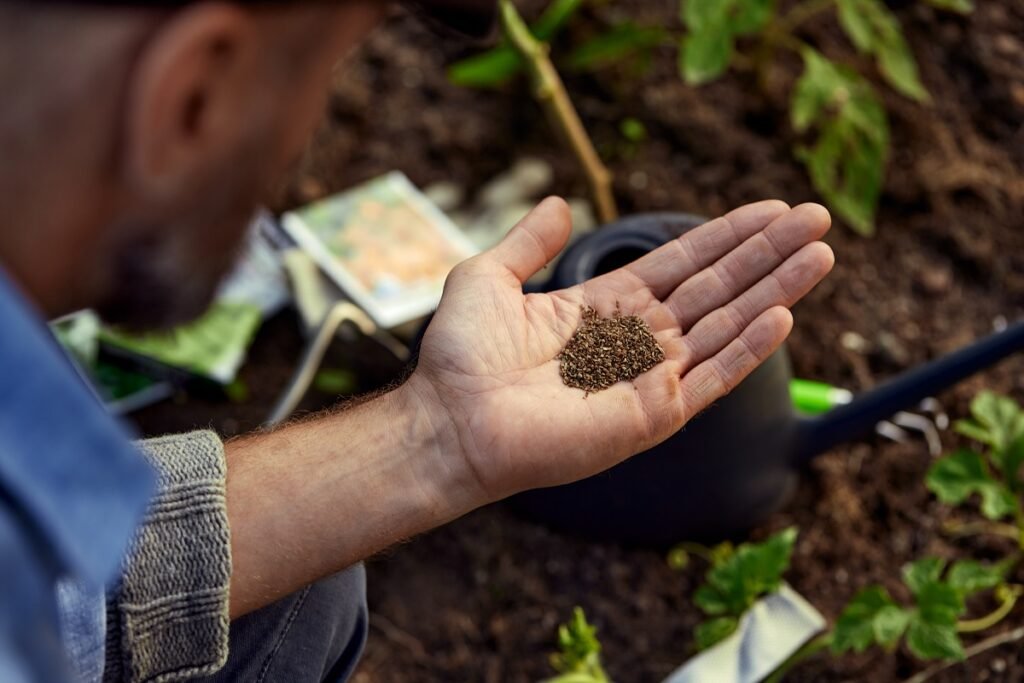
- Granular Fertilizers: Easy to spread; ideal for broadcasting over large areas.
- Liquid Fertilizers: Quick absorption; suitable for foliar application.
- Fertigation: Combining fertilization with irrigation; efficient for delivering nutrients directly to roots.
5. Environmental Impact
Evaluate the environmental impact of the chosen fertilizer. Opt for eco-friendly options that minimize nutrient runoff and harm to local ecosystems.
- Sustainable Practices:
- Use slow-release fertilizers to reduce leaching.
- Consider organic fertilizers that improve soil health without chemical additives.
6. Budget Considerations
Balance the cost of fertilizers with your budget constraints. Evaluate long-term benefits versus immediate costs when making decisions about fertilizer purchases.
Practical Steps for Choosing the right Fertilizer
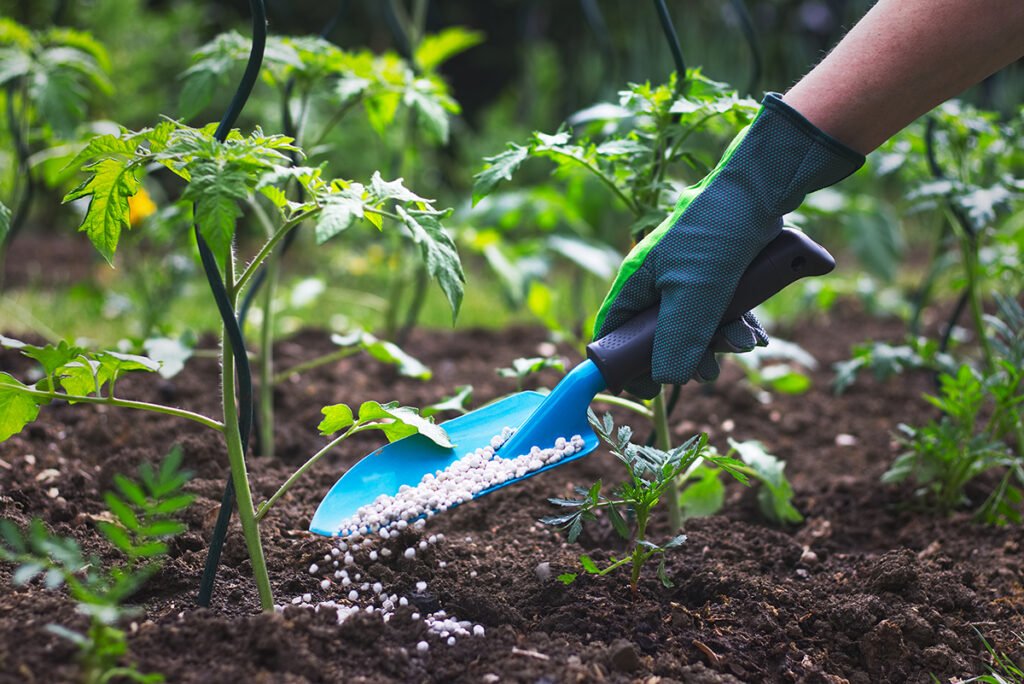
Step 1: Conduct Soil Tests
Start by conducting soil tests to assess nutrient levels and pH balance. This information will guide your choice of fertilizer.
Step 2: Identify Crop Needs
Research the specific nutrient requirements of your crops at different growth stages to tailor your fertilization strategy effectively.
Step 3: Select Fertilizer Type
Choosing the right fertilizer between organic or inorganic fertilizers based on your farming philosophy and environmental considerations.
Step 4: Determine Application Method
Decide on the most effective application method based on your equipment and farming practices.
Step 5: Monitor Results
After applying fertilizers, monitor crop performance and adjust your fertilization strategy as needed based on observed results.
Conclusion
Choosing the right fertilizer is essential for optimizing crop yields while promoting sustainable agricultural practices. By understanding soil conditions, crop nutrient needs, and effective application methods, farmers can make informed decisions that enhance productivity without compromising environmental health. As we face increasing challenges related to food security and climate change, adopting best practices in fertilizer selection becomes crucial for building resilient agricultural systems. Call to Action: Educate yourself about different fertilizers available in your area—consider implementing these strategies in your farming practices or support local farmers in making informed decisions!
Q&A Section
Q: What is the importance of soil testing before choosing the right fertilizer?
A: Soil testing identifies nutrient deficiencies or excesses, guiding tailored fertilizer selection that optimizes crop growth.
Q: How do I determine my crop’s specific nutrient needs?
A: Research the nutritional requirements of your crops at various growth stages; this information helps you select fertilizers with appropriate NPK ratios.
Q: Can I use both organic and inorganic fertilizers together?
A: Yes! Many farmers use a combination of both types to achieve balanced nutrition while benefiting from each option’s advantages.
Resources
- USDA Natural Resources Conservation Service
- Soil Science Society of America
- American Society of Agronomy
- Sustainable Agriculture Research & Education (SARE)
- Food and Agriculture Organization (FAO)


